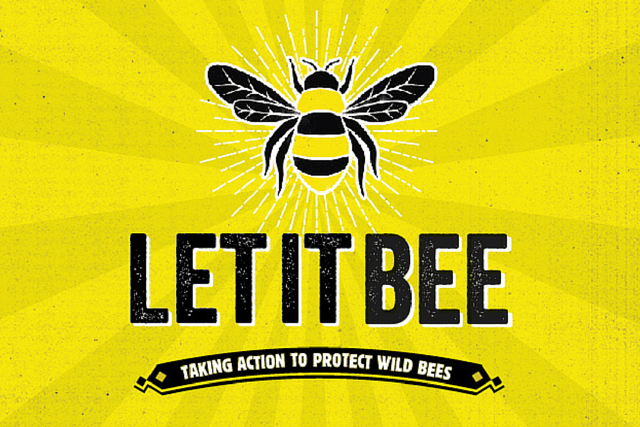Let it Bee

Kim Fellows
FoE believes that “Let It Bee” is one of its most ambitious public outreach campaigns.
The Rusty-patched bumble bee, for instance, once abundant in southern Ontario, was last seen in 2009 by bumblebee scientist Sheila Colla, and is officially designated as endangered in Canada. Six more bee species have declined to the extent that scientists have advised the federal Minister of Environment to take steps to protect them. There are over 850 confirmed species of wild native bees in Canada, and 40 of those are bumblebees, but there is no proper monitoring for many wild bee species.
Canada has some of the top wild-bee scientists in the world. “Wild bees are crucial for food crops and flowers but also beautiful to behold,” says Professor Laurence Packer at York University. “Their dramatic decline can only be reversed if we take steps to radically change how we farm, landscape and garden. And, we need to learn more about our wild bees. Few people can actually recognize wild bees even though there may be up to 50 species in a typical backyard.” We encourage you to read more in Packer’s book, Keeping the Bees.
Scott MacIvor at University of Toronto Scarborough Campus studies wild bees in urban spaces. He says, “There are simple yet important changes everybody can make to help support wild bees. Urban parks and gardens designed and maintained to protect wild bees help to sustain native flowering plant diversity and food crops in cities”.
Stage Two of the campaign has now rolled out and you can get involved by helping to get census data for wild bees. The first annual Great Canadian Bumble Bee Count will take place between June 1 and August 15, 2016. All you need is a camera, paper and pen, and an online connection to upload photos.
With the dramatic loss of wild habitat for native bees, Friends of the Earth Canada says it’s up to citizens to rally to the cause to save wild bees. It’s never too late to start preparing your “Bee and Bee” space with the help of these resources from Friends of the Earth Canada.
**
Kim Fellows is the coordinator of Pollination Canada.
Not yet a member?
An annual membership to Seeds of Diversity gives you access to our seed exchange, seed grow-out programs, and our online news.

We depend on donations to do our work.

Thank you for your support!
